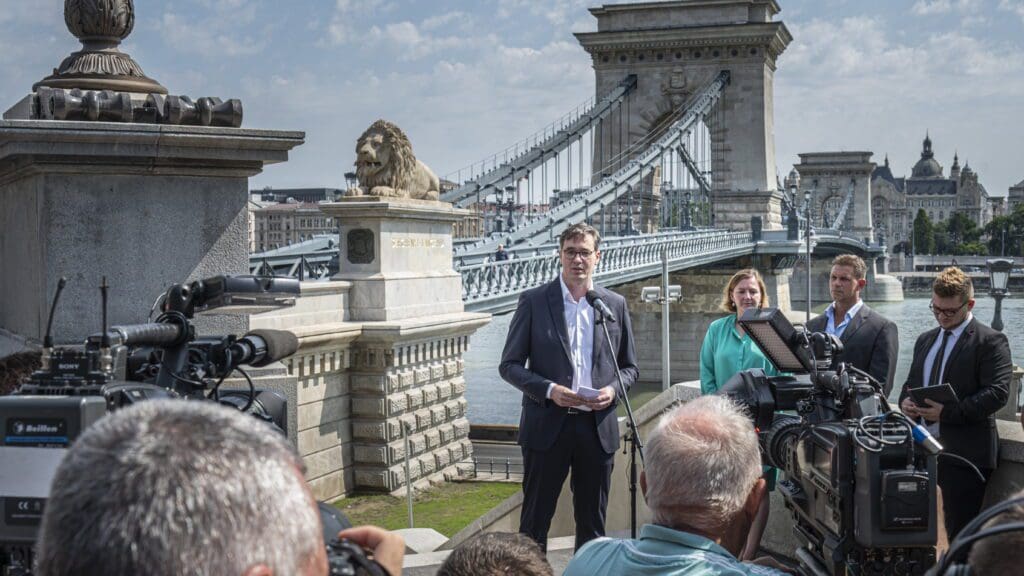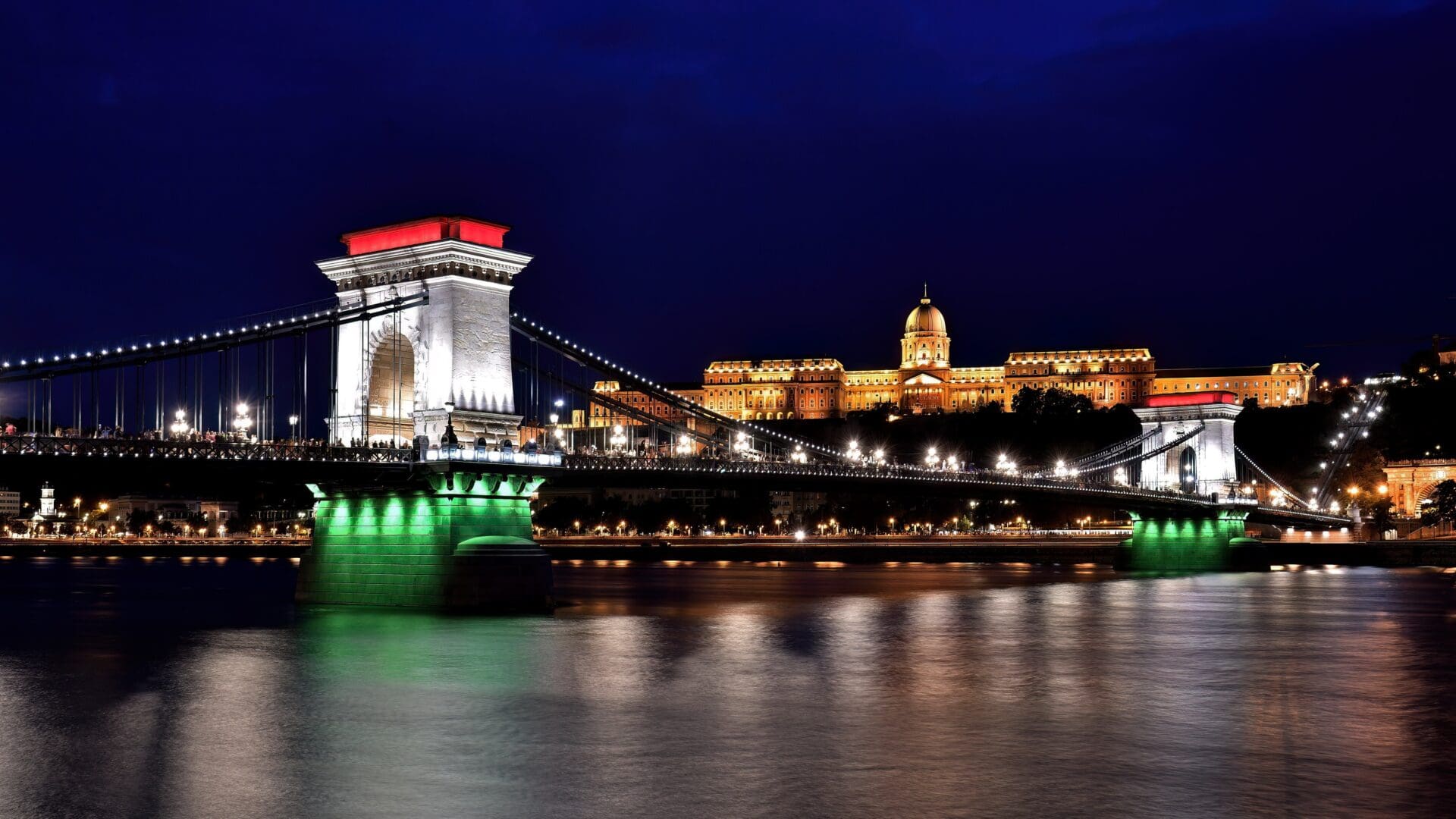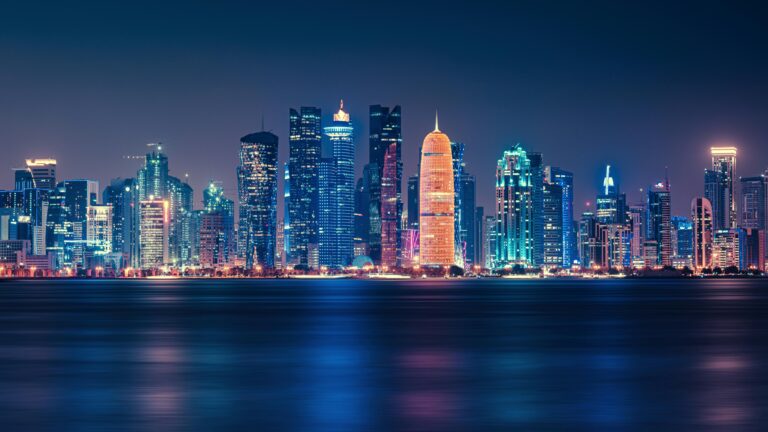On Friday, 4 August the renovated Chain Bridge was finally handed over to the public, with the bridge now being accessible to pedestrians. Apart from the pavements, the underpasses at the bridgeheads have also been opened.
Although there has been much criticism on the part of the government of the entire project as being overpriced and having progressed slowly, Budapest Mayor Gergely Karácsony stated during the ceremony that the Chain Bridge was renovated within the set deadline and budget. He emphasised that the bridge is not just an ordinary structure, but a symbol of unity. He recalled that it played a crucial role in the birth of Budapest as the nation’s capital, even before the unification of the city 150 years ago.
Karácsony pointed out that Budapest is the capital of the nation, and therefore, the Chain Bridge represents not only the unity of the people of Budapest but
also the unity of Budapest with the entire country.
He stated that when the Chain Bridge was built, it symbolised progress, and now, by embracing new norms for the future instead of old ones, it continues to represent progress. After his speech, Mayor Karácsony handed over one of the wrenches used in the renovation to the bridge’s superintendent, János Fazekas.

Katalin Walter, the head of the reconstruction project and CEO of Budapest Transport Center (BKK), thanked the people of Budapest for their patience. She mentioned that in December of the previous year, 18 months after the closure of the bridge, the road of the bridge was reopened to public transportation including buses, taxis, motorbikes, bicycles, and scooters. Walter expressed joy that the traffic scheme proposed by BKK, which was accepted in a public consultation by the residents of Budapest, will continue to be in place as a permanent traffic arrangement. She highlighted that buses can now cross the bridge more predictably and in much shorter time, while cyclists can do so more safely than before the renovation.
András Csohány, CEO of the construction company A-Híd Ltd., stated that the renovation of the Chain Bridge, which had been ongoing since 2021, was completed on Friday. In the first 18 months, the technical part of the work was carried out, including the demolition of the old reinforced concrete roadway and its replacement with a new steel structure. The stone surfaces of the bridge were also renewed, and the chains received a new anti-corrosion coating. Afterwards, the restorations required for preserving the historical heritage were completed. Csohány claimed that the Chain Bridge was put into permanent operation one and a half months ahead of the contractual deadline.
The event was also attended by members of the Széchenyi family
in recognition of the seminal role Count István Széchenyi played in the conception of a new Danube bridge
in Reform Era Hungary.
The reconstruction of the bridge took two years and five months and cost approximately 26.7 billion Hungarian forints.
Throughout the construction process, discussions arose about the bridge’s future role after its reopening. Transforming the bridge into a pedestrian-only route, returning to the previous traffic arrangement, or banning private cars were all considered. The mayor initially considered the possibility of prohibiting vehicular traffic altogether on the Chain Bridge, following initiatives from green and civil organisations in the city.
In November of the previous year, a load test was performed using 24 heavily-loaded trucks weighing a total of 500 tonnes, which proved successful. Karácsony subsequently announced that from mid-December, buses, taxis, and cyclists would be allowed to use the bridge. This marked the beginning of a testing period for the partially renovated bridge, and the city expressed its intent to maintain the traffic arrangement even after the full opening
After a lengthy period of uncertainty, it was decided that the final traffic arrangement for the bridge would be determined through a consultation process involving residents with a Budapest address. Among the questions posed, the most significant one concerned the future traffic arrangement for the bridge: whether to continue with buses, taxis, and cyclists, or to allow the return of private cars as well. In late June, Karácsony announced the results of the consultation,
with 79 per cent of those who voted supporting the car-free option.
Even before the bridge’s renovation, a dispute over the cost of the project arose between the municipality and the government. Karácsony’s team claimed that the new public procurement price was more favourable than the one published during Fidesz-backed mayor István Tarlós’s term. However, government commissioner Balázs Fürjes rebutted the claim, suggesting that Karácsony’s delay already cost Budapest 5.5 billion forints. The winner of the construction tender, A-híd Ltd was eventually awarded the renovation contract for a net amount of 18.8 billion forints, and construction commenced. Moreover, there were recent doubts raised by the government about whether Budapest was entitled to receiving the six million in state funding that was promised at all, considering that private cars have been banned from the bridge.
Related articles:








